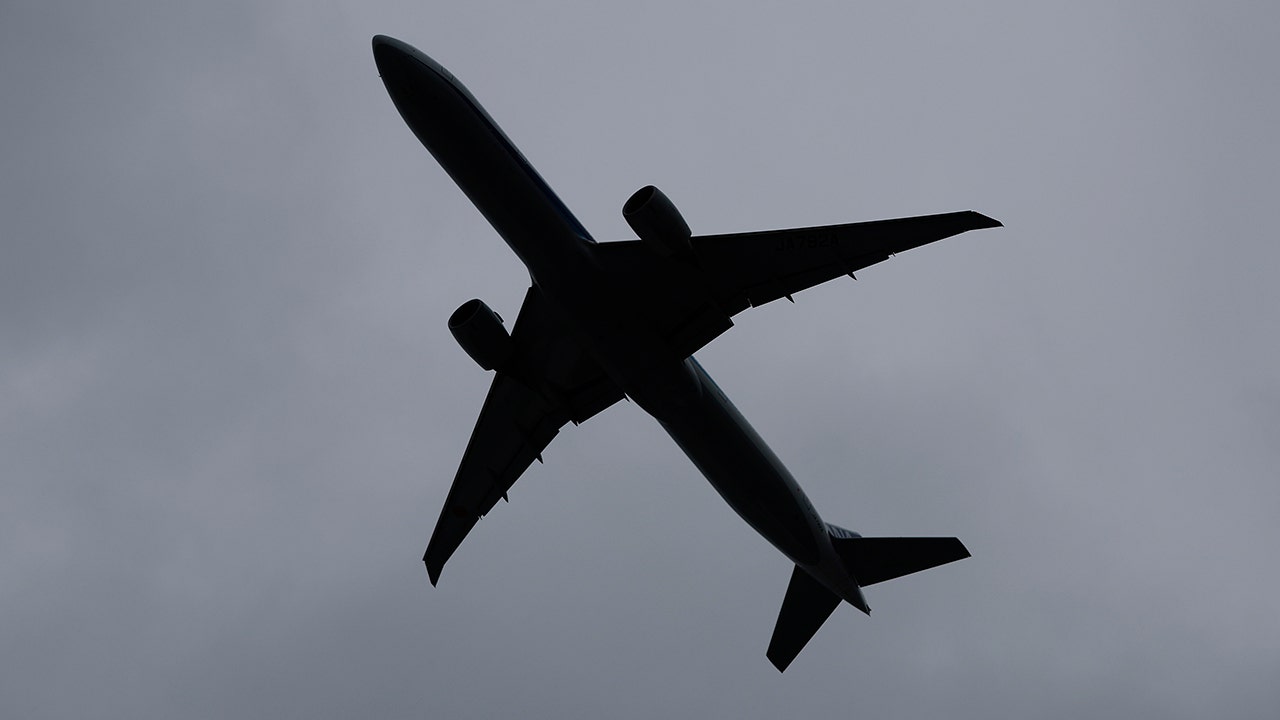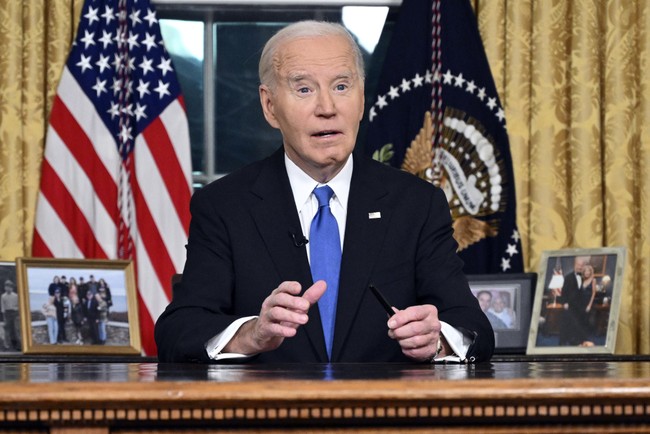Aviation safety is facing a new challenge as drones increasingly intersect with commercial aircraft operations. Recent data highlights a growing issue where drones are responsible for the majority of near-miss incidents at the busiest airports. This trend points to a significant concern for both pilots and passengers navigating the skies.
Drones have become a common feature in recreational and commercial activities, but their rapid growth has outpaced regulatory enforcement and public education. “The rise in recreational and commercial drone use has simply outpaced education and enforcement,” said aviation attorney Jason Matzus. This gap has led to more individuals flying drones without fully understanding the associated risks and rules.
In 2024, drones accounted for the majority of reported near-miss incidents with commercial aircraft during takeoff and landing, according to data from the Associated Press. The risk is not just theoretical; incidents continue to be reported, such as a drone nearly hitting a passenger jet wing as it took off from Newark International Airport in August. Other close encounters have been documented, including one at Miami’s international airport and another in San Francisco.
Give Me Five Podcast
Aviation experts are concerned about the implications of these drone incursions, especially in high-traffic areas. “New drone pilots may not be aware of the regulations that restrict flying near airports,” Matzus noted. The high incidence of drone-related near-misses since 2020 underscores the need for better awareness and adherence to safety protocols.
The problem is particularly acute at airports surrounded by densely populated areas, where the likelihood of amateur drone operators inadvertently violating airspace is higher. James McDanolds of the Sonoran Desert Institute explained, “Airports like Newark are surrounded by highly populated areas, including New York City across the Hudson.” This demographic factor contributes to the frequency of drone violations.
Commercial aircraft are especially vulnerable during landing and takeoff phases due to their lower altitudes. FAA regulations allow drones to fly up to 400 feet, placing them in potential conflict with aircraft on approach or departure. “Manned aircraft have to be at a lower altitude as part of their landing pattern,” McDanolds highlighted, showing the critical overlap of airspace.
The FAA has implemented measures to address unsafe drone operations, with fines reaching up to $75,000 under the FAA Reauthorization Act of 2024. However, the evolving technology of drones continues to challenge existing regulatory frameworks. Most major airports require drone pilots to obtain FAA approval to fly in their airspace, yet some systems designed to enforce these rules are no longer in place.
Previously, companies like DJI used geofencing to prevent drones from entering restricted airspace. However, this system has been removed, leaving pilots to rely on warnings rather than enforced restrictions. “Pilots only receive a warning,” McDanolds noted, emphasizing the reliance on drone operator responsibility.
DJI’s decision to end geofencing resulted from the operational burden of managing exception requests from authorized pilots. “The number of applications coming in were becoming really hard to handle,” Adam Welsh from DJI explained. Without mandatory government regulations, DJI chose to discontinue the feature.
Now, drone operators receive alerts on their controllers when entering restricted zones, but the responsibility lies with them to act. “DJI voluntarily implemented geofencing in 2013,” the company stated, as a proactive measure before regulatory rules were firmly established. The absence of geofencing places more onus on airports to detect and manage unauthorized drone activity.
Efforts are underway to develop counter-drone technologies that can mitigate these risks. The FAA is investigating potential solutions, such as using radio signals or high-powered microwaves to neutralize drones. “The FAA has been testing drone detection and counter-drone technologies at airports,” the agency confirmed, exploring various methods to enhance airport safety.
The challenge remains significant as the agency expands its testing to locations beyond airports. Each potential solution is being evaluated for effectiveness in diverse environments. The goal is to ensure the safety of the skies while accommodating the technological advancements that drones represent.



